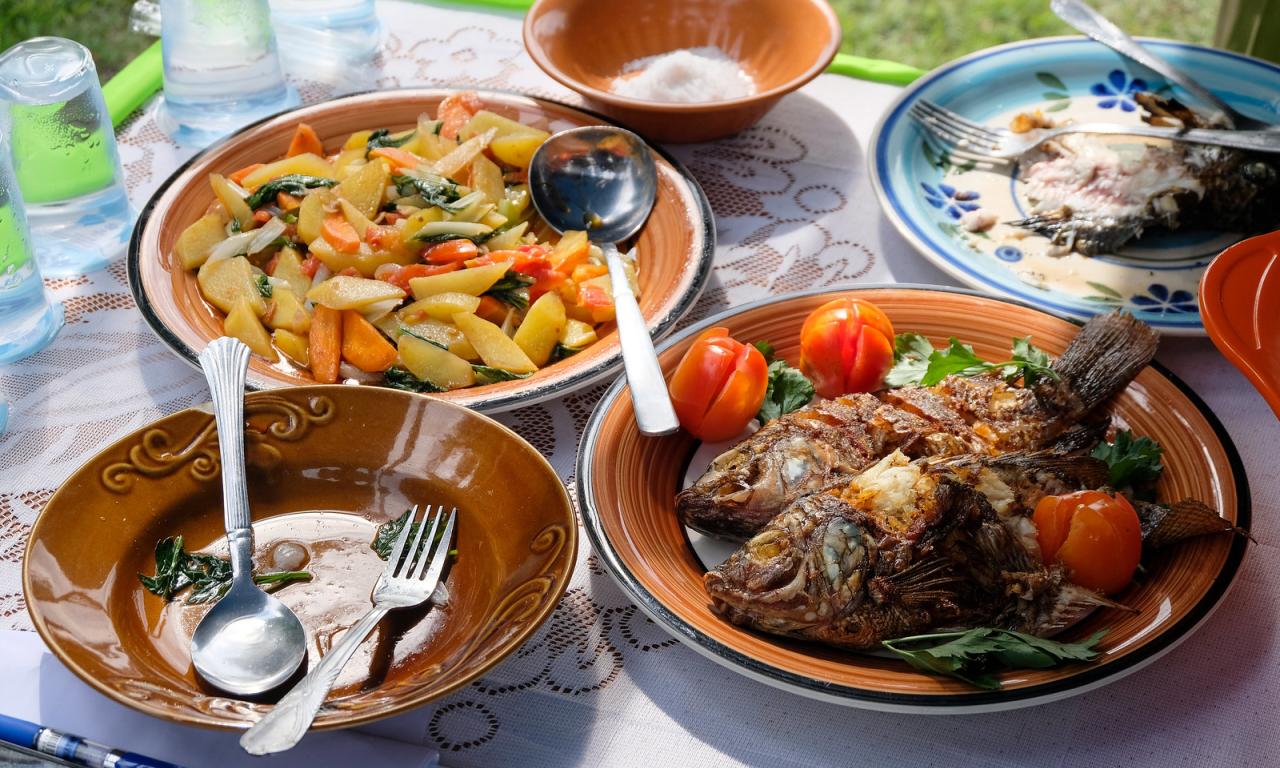
Aquatic foods like farmed fish are full of micronutrients that support children’s growth and development.
Yet a new survey of 279 households in Timor-Leste shows many mothers are worried about feeding their kids fish because of the risk of choking on bones.
“Most women know about the immense benefits of fish for children’s health, yet the majority are not giving their infants and young children much fish,” said WorldFish Post-Doctoral Fellow Gianna Bonis-Profumo, the baseline survey team leader.
To help combat parents’ fears, tips on preparing fish for children have been shared in the Lafaek Community magazine (edition 1 2023).
The magazine, run by CARE International, is distributed for free to about 50 percent of the households across Timor-Leste three times per year.
“The tips in Lafaek are intended to boost parents’ confidence and skills around deboning fish, helping to increase fish consumption among young children, starting from six months old,” said Bonis-Profumo.
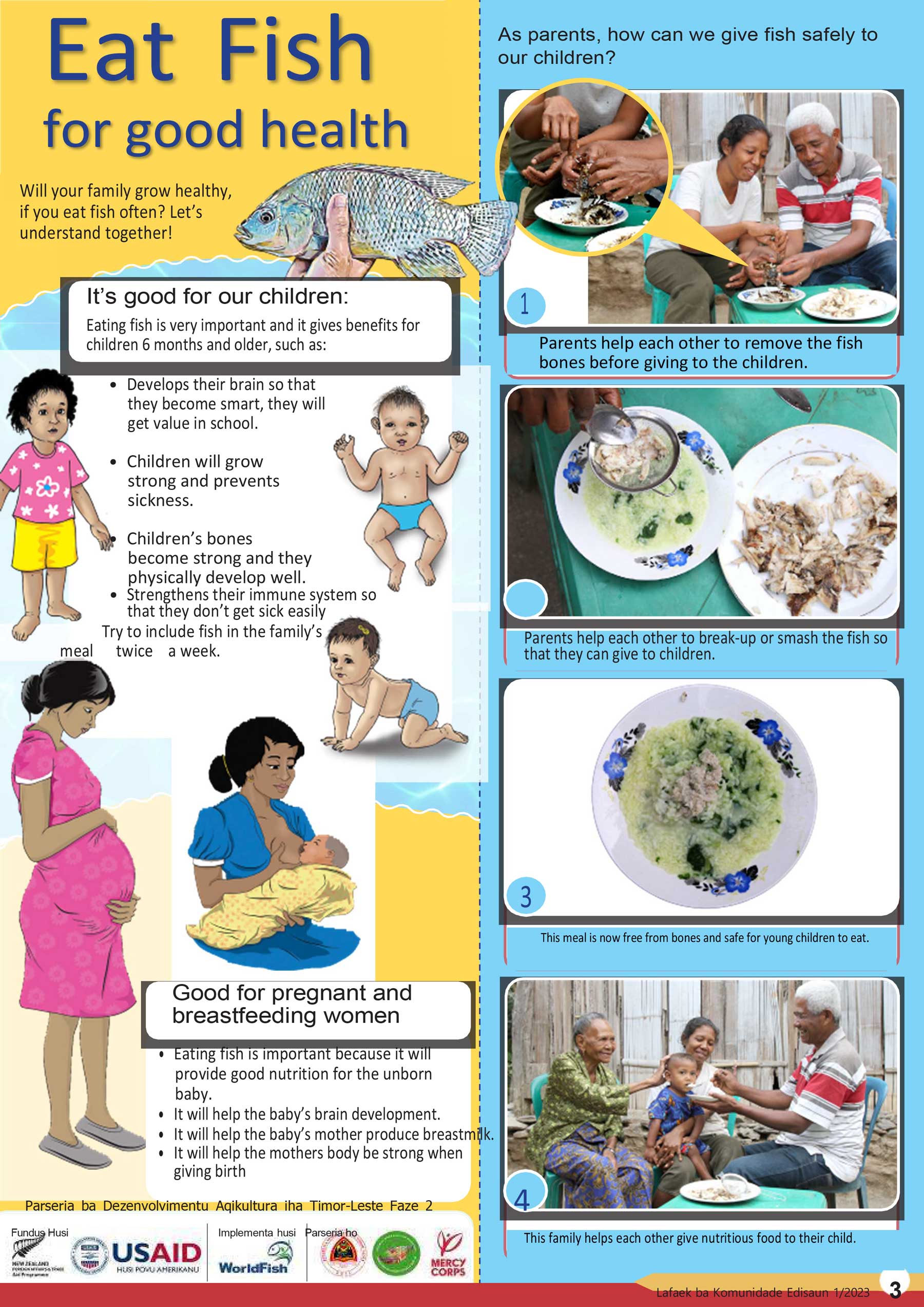
This work is being led by the Partnership for Aquaculture Development in Timor-Leste Phase 2 (PADTL2) project (2020–2023).
The project is funded by the New Zealand Ministry of Foreign Affairs and Trade (MFAT) and United States Agency for International Development (USAID) and led by WorldFish in collaboration with the Timor-Leste Ministry of Agriculture and Fisheries (MAF).
Activities focus on increasing fish consumption among households—particularly infants, children, and pregnant and lactating women—along with increasing fish production and distribution.
Despite being an island nation, a 2011 survey showed Timor-Leste’s fish consumption is low at 6.1 kg per person (17.6 kg in coastal areas; 4.0 kg in inland areas), and low compared to the global average of 20.2 kg per person.
The National Aquaculture Development Strategy (2012–2030) includes targets to increase farmed fish production to 12,000 tons per year, leading to an increase in annual fish consumption to 15 kg per person.
“By boosting the production and distribution of farmed tilapia, greater quantities of safe, affordable, and healthy fish can reach the plates of many Timorese households,” said Dr. Jharendu Pant, Senior Aquaculture Scientist, WorldFish, and PADTL2 project leader.
To increase fish consumption among Timorese households, the PADTL2 project is working to increase awareness of the nutritional value of fish and promote incorporating fish in the Timorese diet.
The PADTL2 project has partnered with the international non-governmental organization Mercy Corps to share nutrition messages with parents in Baucau, Bobonaro, Lautem, and Ermera—the municipalities with PADTL2 fish farmer clusters.
“Since September 2022, Mercy Corps and WorldFish have established 39 Village Savings and Loans Associations (VSLA) with 674 members (57 percent female) in these four municipalities,” said Mercy Corps Health and Nutrition Manager Kay Klumpyan.
“Beyond building financial literacy, the associations are a vehicle to share messages about eating fish and its nutritional benefits.”
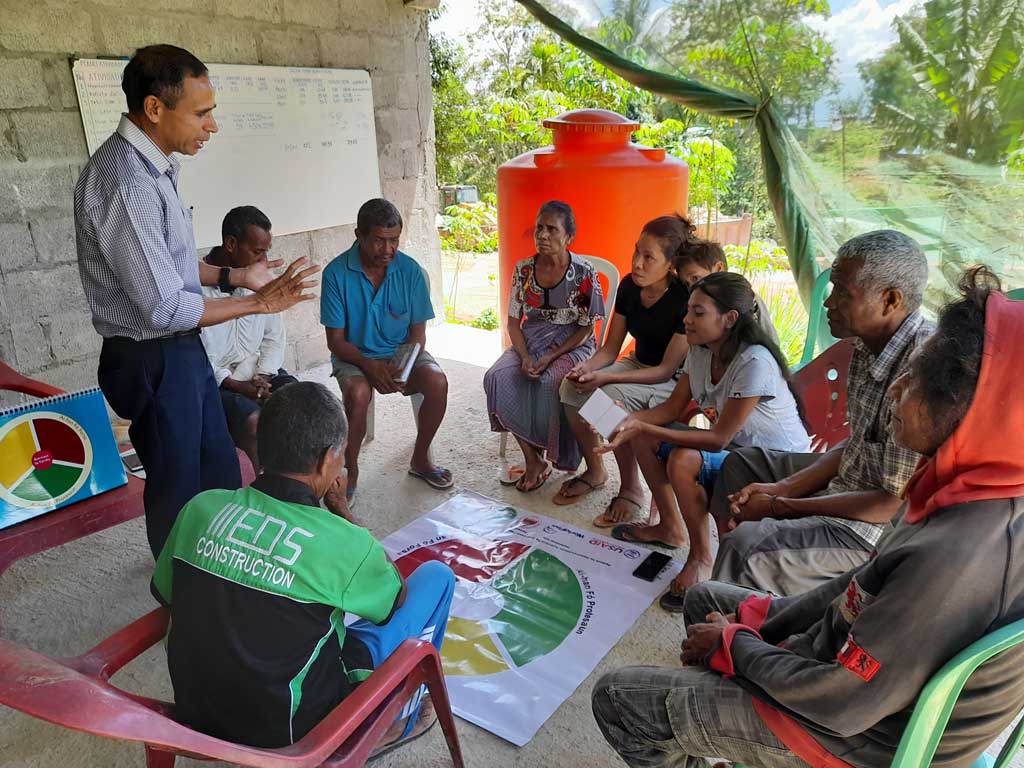
The facilitators use the Fish Improving Nutrition book that Mercy Corps developed in early 2021 for the WorldFish-led Fisheries Sector Support Programme Phase 2 project. The book has been updated as part of the PADTL2 project to focus on farmed tilapia.
The flipbook includes four interactive lessons promoting fish consumption, including discussions on nutrition, the importance of protein, and gender awareness.
Participants also practice budgeting for meals to include protein sources such as fish and practice proper handling and deboning of fish for young children through a practical cooking session.
“Up to March 2023, our facilitators have run lessons on nutrition concepts to the 39 VSLA groups,” said Klumpyan. “The training participants were very enthusiastic and gave positive feedback.”
“Most participants said this was the first time they heard this information, emphasizing the importance of this training, particularly for their children and family members.”
Tilapia shines in cooking competition
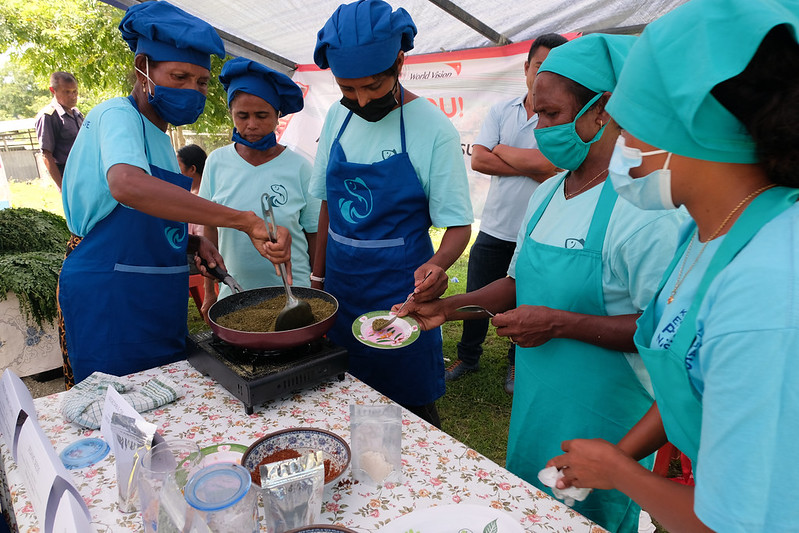
On 10 November 2022, a crowd gathered around a stall at the World Food Day event in Balibo, a three-hour drive west of the capital Dili.
The crowd was watching the Beacou women’s group demonstrate how to make fish powder, made from dried shrimp and fish, moringa leaves, sesame seeds, shallots, garlic, chilies, oil, sugar, and salt.
“The demonstration helped raise awareness about fish powder and how it can be added to meals, particularly for infants and children,” said Rofino Soares Gusmao, Director of Food Security, MAF.
“The long shelf life of fish powder makes it an easy way for inland households, who eat much less fish than coastal households, to consume fish.”
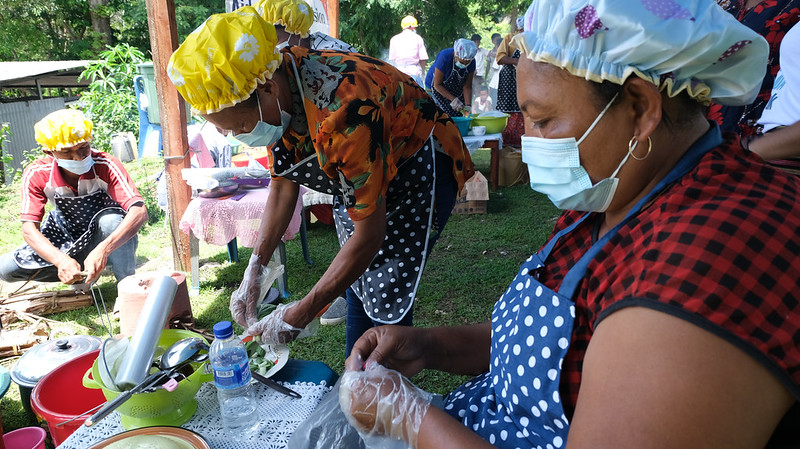
WorldFish, as part of its Innovating fish-based innovations in the community economies of Timor-Leste and Solomon Islands project, is exploring the potential of fish powder and promoting it as a nutrient-dense food.
Other activities on the day included a cooking competition, where mother support group members, school feeding providers and VSLA members were invited to cook two nutritious meals—one for pregnant and lactating women, and one for children—using local ingredients, including farmed tilapia.
“The cooking competition showcased how fish can be used in Timorese recipes to create wholesome meals, promoting greater consumption of nutritious fish," said USAID Acting Mission Director Rebecca Robinson.
These complementary efforts will help to improve dietary diversity and safe fish consumption among mothers, infants, and young children, said Nick Borthwick, Deputy Head of Mission, New Zealand Embassy in Timor-Leste.
“This reinforces the potential of aquaculture programs to combat malnutrition and stunting in Timor-Leste, with the contribution that fish makes to more nutritious diets.”
###
Nutrition education resources:
- Fish Improves Nutrition (Ikan Hadi'ak Nutrisaun) flipbook (Tetum)
- Video on the nutrition benefits of fish (Tetum)
- Eat fish for good health (Han ikan di'ak ba saúde) 1-pager (Tetum)
Related publications:
